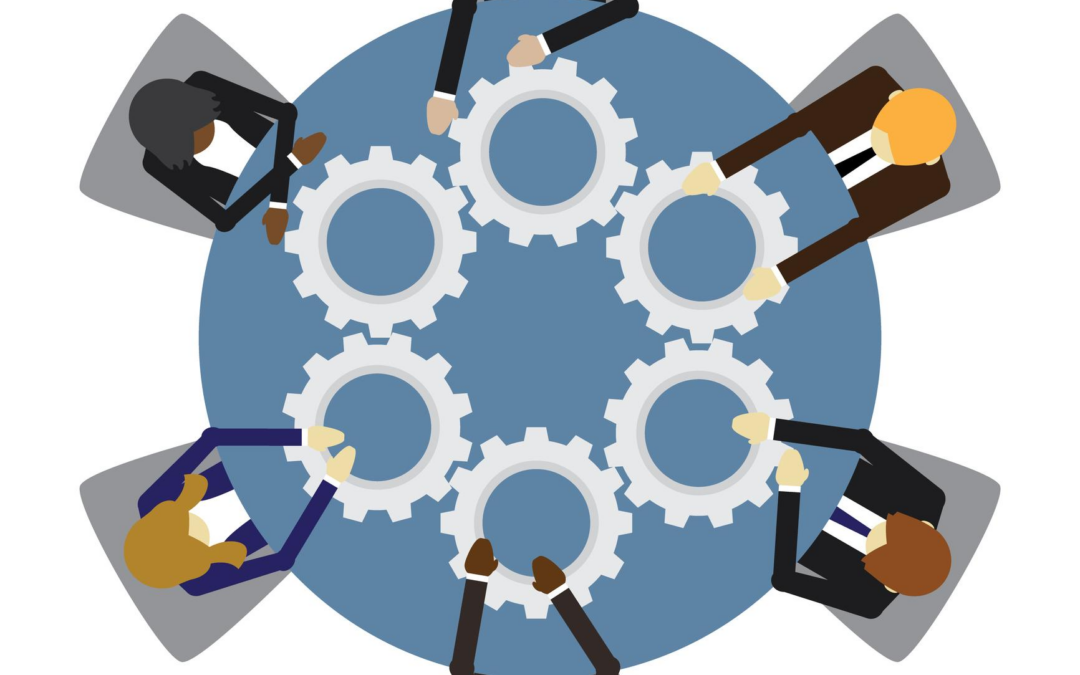Diversity, inclusion, and equity are not just keywords. Rather, they are the scaffolding to a healthy workplace and key components for healthy workplace culture. Organizations and companies need these qualities to hone an environment where people from distinct backgrounds work together and achieve common goals. If you’re a business leader or executive considering updating the company’s culture, you must have a clear understanding of the key differences between inclusion, diversity, and equity.
Inclusion, Diversity, and Equity- The Key Differences
Diversity
Diversity is a broad term. It essentially means variety, or characteristics that distinguish people from each other. Note that diversity doesn’t confine itself to gender or race only. In fact, it includes ethnicity, gender, socio-economic status, religion, age, disabilities, political perspectives, and much more. In a workplace setting, focusing on diversity is often looking at recruitment practices, attracting talent from a wide range of backgrounds.
Inclusion
As per Global Diversity Practice’s definition, inclusion refers to an organization’s efforts to accept individuals with different backgrounds and treat them equally socially. It considers all the characteristics that make people different and focuses on creating an environment of acceptance and respect . An inclusive culture makes members feel valued and focuses on retaining diversity.
Equity
Equity refers to a state of impartiality and fairness. It is a component that ensures everyone in the workspace receive equitable treatment. Forbes defines equity as a workplace characteristic that makes every employee feel empowered to bring their ideas and thoughts to the table. In other words, equity happens when a diverse population of a workplace gets equal opportunities to grow and succeed. It promotes fairness and justice within business processes, systems, and resource distribution.
Why Inclusion, Diversity, and Equity Matter to an Organization
Diversity, inclusion, and equity are crucial components of an organization. A company that prioritizes these vital elements can develop a culture that not only respects but also values each individual‘s different identity. It doesn’t end here- an inclusive and diverse culture fosters a healthy relationship between employees and reduces bias. It recognizes systemic inequities and addresses them.
If an organization overlooks systemic inequities, it can make working or perform difficult for some individuals. It is among the issues companies need to address strategically. Therefore, diversity, inclusion, and equity should reflect in the vision, mission, and values of a company. More importantly, management needs to cascade them throughout the company.
An organization or company with these three essential components not only creates a diverse workforce, but also bring about a visible cultural change.
Summing Up
Building a diverse and equitable team is an essential aspect of an organization’s success. Diversity, inclusion, and equity are often discussed together, but have distinct meanings, each of which has a different focus, requires different efforts, and all of which are needed to attract, retain, and develop a productive and successful workforce.
Sources

